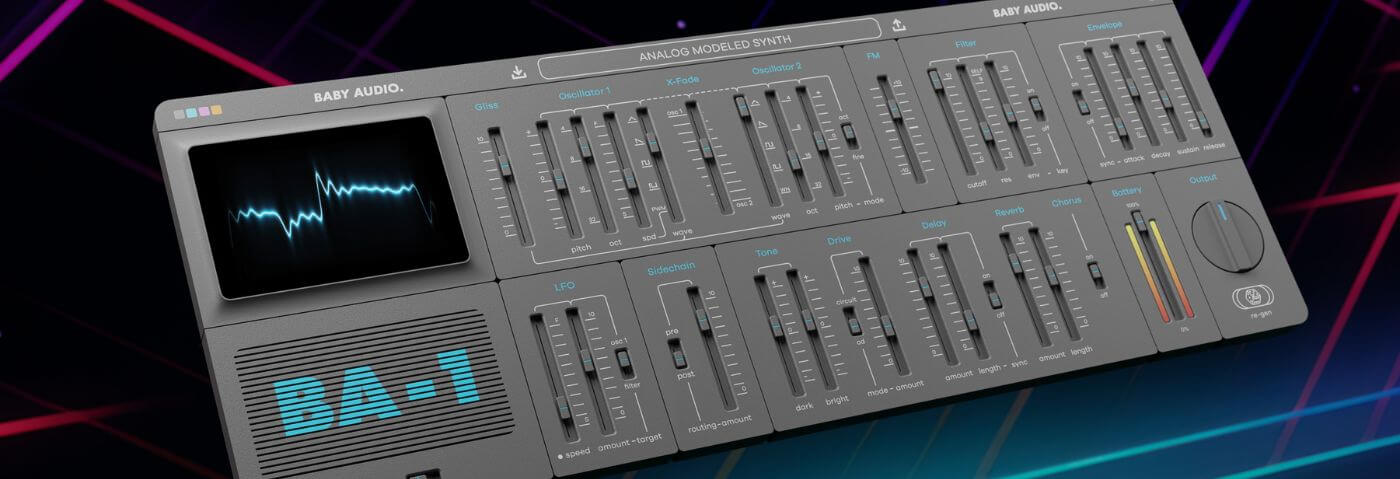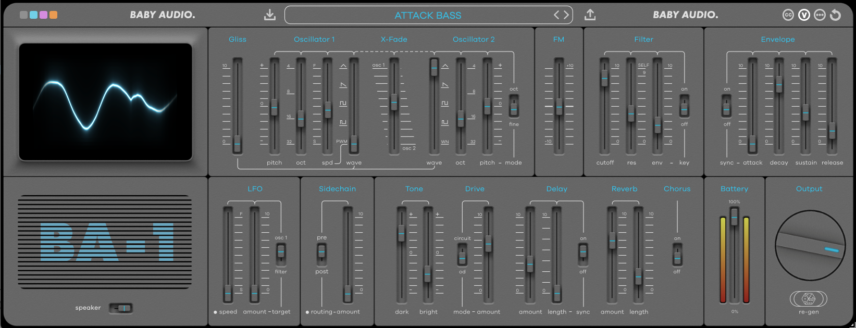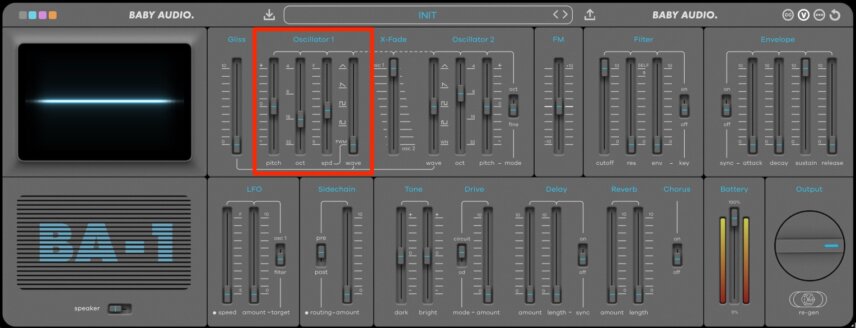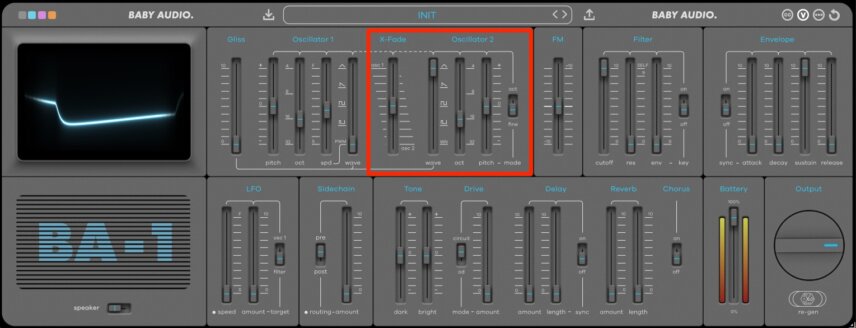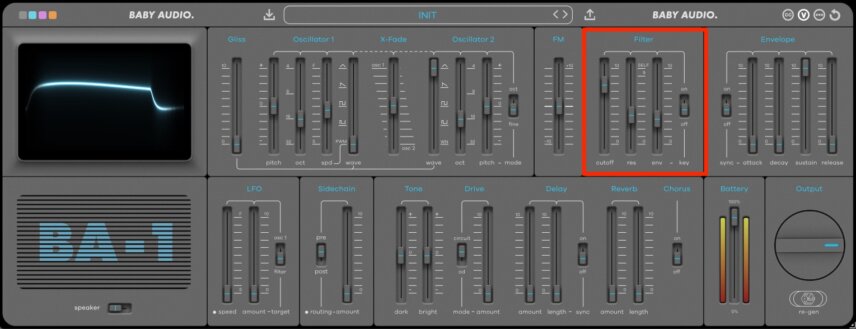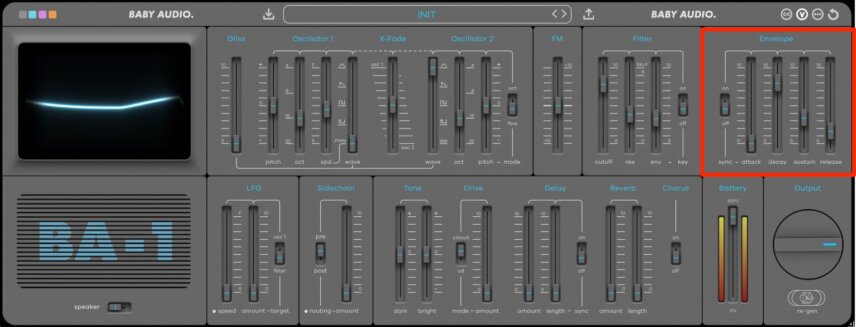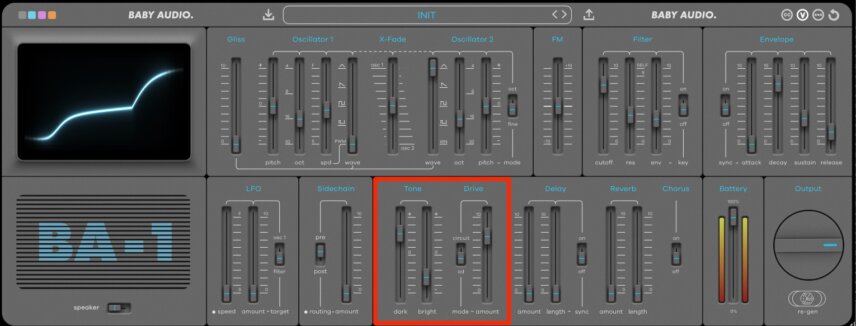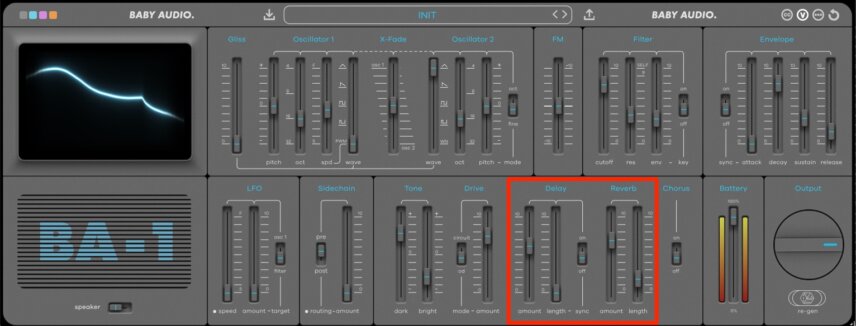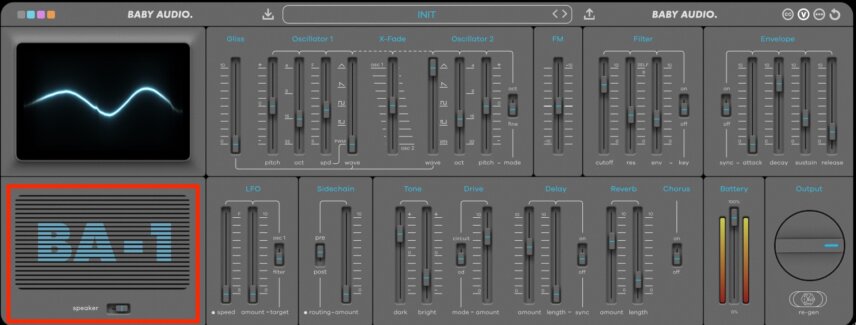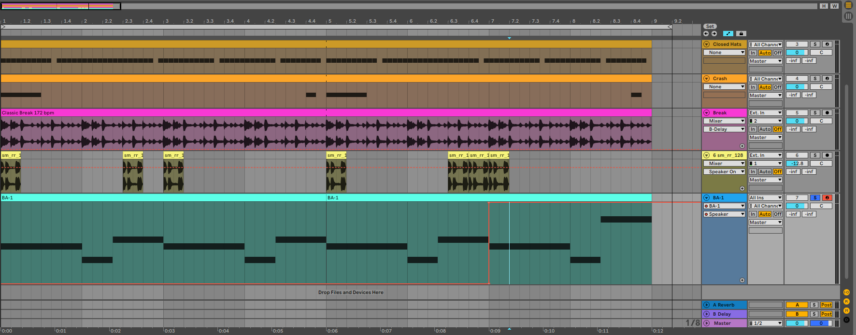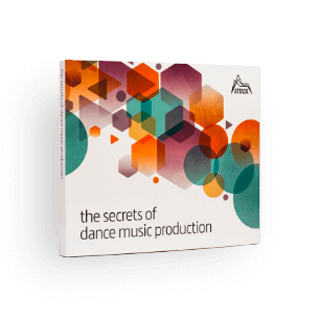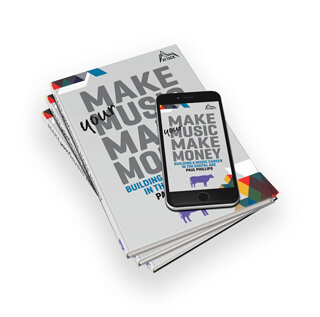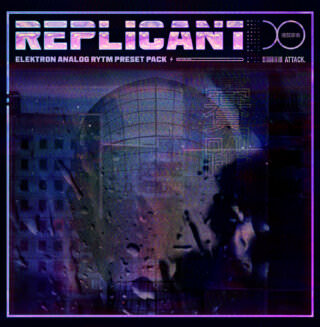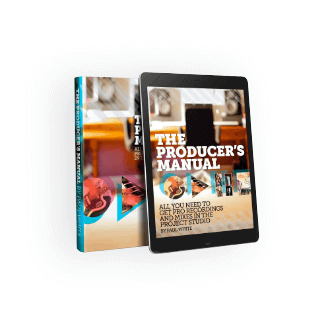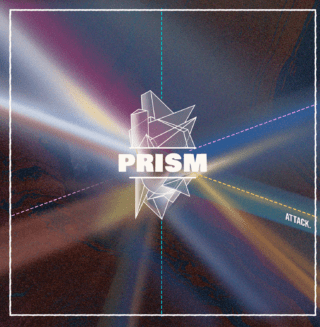Dial in some wobbly jungle bass business with Baby Audio’s surprisingly powerful BA-1 soft synth.
In 1982, Yamaha released a very small synthesizer, the CS01. Part of the same line as the mammoth CS80, the CS01 married a single oscillator to a filter (with only two resonance settings!), a few extra controls and put it in a small, plastic enclosure.
It’s fun, for sure, and great for synth-pop basses and fun leads, but maybe not the first synth you go to when you want to craft gnarly jungle bass sounds. Enter BA-1, Baby Audio’s first synth and a modern take on the CS01.
By exploiting what was already good about the original and running with it plus considerably expanding the synthesis possibilities, Baby Audio have made an unexpected powerhouse of a synth. In this Synth Secrets, let’s see how to use it to dial in a wobbly bass sound perfect for jungle or other UK bass genres.
If you don’t already own it, go download a free trial of BA-1 now.
Here’s the finished sound in action in a 160 bpm track:
As ever, click on any image to enlarge.
A Quick Overview of the BA-1
BA-1 is a fairly straightforward analogue-modelled synth but a quick look around the GUI will be helpful in getting to grips with what it can do. At the heart are two oscillators (doubled from the original). It has a number of selectable waveforms but for the purpose of this tutorial, take a look at the PWM, or Pulse Width Modulation.
Normally, pulse width is modulated by a separate LFO but the BA-1 has a dedicated slider for this marked spd, or speed. X-Fade, the slider between the oscillators, acts as a mixer.
Moving along, there’s a standard filter, envelope (with attack time that you can sync to your DAW tempo, which is clever), plus an LFO for pitch or filter. Additional synthesis controls include FM for introducing grit and Gliss, or glissando, which is like a mix between portamento and an arpeggiator.
This being a Baby Audio instrument, there are plenty of excellent effects as well, including Sidechain (it does what you expect), Tone and Drive plus Delay, Reverb and Chorus sections. Lastly, you can lower the virtual battery level, effectively starving the circuit and introducing pitch slop, plus a speaker emulation.
That should be good for now. We’ll get deeper into specifics as we go.
Step 1: Oscillator 1
Start by opening BA-1 on a new MIDI channel and programming in some appropriately low notes. It opens with a brass patch so first click on the circular arrow reset icon in the upper right corner to initialize the patch. Tap the button with the three dots to change the mode from polyphonic to monophonic as we’re making a bassline.
Next, in Oscillator 1, lower the octave setting to 16 for bass, bring the wave slider down to PWM and raise the speed slider to around 44 for a suitably wobbly bass.
The bass so far:
Step 2: Oscillator 2
That’s already sounding pretty good but we can make it even better. In Oscillator 2, set the waveform to a triangle wave. This is the best choice for a sub as it has the least amount of harmonics of the waves on offer. A sine would be ideal but there’s no sine here.
Set the octave to 16 to match Oscillator 1 and then adjust the slider to taste. We’ve got it set right in the middle.
The bass with sub dialled in:
Step 3: Filter
We’re making a bass sound so we want to reduce the high frequencies. However, we don’t want to go too low as we want to be able to hear it wobbling, plus when we add saturation later we’ll need some highs to grab onto. Bring the cutoff down just a bit, bring up the resonance a little to add some bite, and then add a touch of Envelope to help shape the sound.
With filter adjustments:
Step 4: Envelope
For the next step, let’s set the envelope. We want an arrangement that’s appropriate for a bass sound, so we go with an ultra-fast attack, long decay, medium sustain and short release.
With Envelope set:
Step 5: Tone and Drive
That’s the synthesis part finished. Next, let’s use the effects and other settings to tweak the tone. We start with the Tone section, which was inspired by cheap ‘80s rack effects. Bring up the dark and lower the bright sliders for a suitably darkside feel.
Finally, let’s use the Drive section to distort the signal. The “od” setting models an old overdrive pedal. Bring that up to taste.
Nicely overdriven:
Step 6: Delay and Reverb
Old jungle records were made with inexpensive digital rackmount effects units. Thankfully, BA-1 reproduces the sound of these in its Reverb and Delay sections. By adding a little bit of each, we can increase perceived size without swamping the sound. Keep the lengths short and bring up the amount sliders until it sounds good.
Delay and reverb:
Step 7: Speaker Automation
For the final step, let’s add some speaker emulation. The speaker here actually sounds good and makes a nice contrast to the full-frequency signal. It’s either off or on with no blending options so let’s use automation in Ableton to switch it on at an appropriate time.
With speaker emulation:
And that’s your BA-1 jungle bass finished. Raise your lighters, everyone.
Here it is in the context of a track with added production:
Baby Audio’s BA-1 is available to purchase now for a limited introductory sale price of $49.00.
Want more sound design tutorials? Make sure to check out the rest of Attack’s Synth Secrets.
